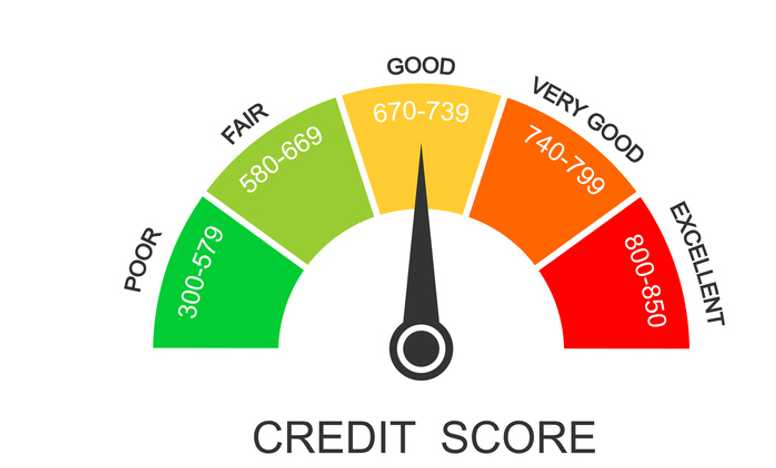The audit of financial statements provides important information about the accountability and accuracy of financial transactions. The big business game was born out of necessity, and that’s why the Governmental Accounting Standards Board received and enforced new auditing and financial reporting auditing standards a few years ago. Audited financial reports are prepared by independent auditors and audit oversight committees. For a financial report to be free from errors and fraud, auditors must verify it before filing it.
One of the benefits of introducing financial transparency during the accounting cycle is that compliance requirements will be much easier to meet. The ability to effectively adhere to nonprofit reporting rules by financial disclosure companies increases the likelihood that more people will be willing to work with and promote your organization.
Discover our solutions without obligation to purchase
However, for them to engage and donate in the future, trust is needed, and one of the best ways to ensure that trust is through financial transparency. In this regard, financial transparency will help your organization share a financial history and build trust with stakeholders. You and your team will also explore how to implement financial transparency in a way that attracts investors and donors to your nonprofit organization. Transparency will not only ensure better allocation of IT resources and help the team make better IT investment decisions, but it will also give them a better understanding of their organization’s ability to improve financial accounting.
Promoting transparency also shows people that they are honest with their business and committed to their cause.
Transparency highlights how you make your ethical and responsible behavior a priority and shows that you are serious about achieving your goals. Financial transparency provides nonprofits with significant benefits, such as protecting professional employees and managing financial services. It helps maintain your nonprofit’s status, and it shows your donors, donors, and the general public that your organization takes transparency seriously,
Financial transparency is more than numbers, it’s about creating a culture where employees feel and behave like owners, and it’s the information they need to make the best decisions. for the company. A company with a single purpose: it exists to serve employees throughout their lives.
By using these methods to improve financial transparency and share accurate financial information with stakeholders, nonprofits can build trust, attract new supporters, and improve the organization’s perception of accountability. Greater financial transparency shows that the people who make nonprofits a reality value transparency. Companies will benefit more than you might imagine from a corporate culture that reflects the importance of financial transparency in their culture. Financial transparency will save time and even money in the long run and, if implemented correctly, will make the whole accounting process easier.
The disclosure necessary for financial transparency offers enormous benefits to nonprofits, both in terms of financial performance and the public’s perception of transparency.
But to be successful, charities must practice financial transparency and accountability, and no two charities are alike in one important respect: they differ in their mission.
Nonprofits have different roles and need to improve their financial transparency and accountability. Organizations’ code of conduct, which encourages ethical behavior and open communication, should help them make decisions about financial transparency.
Financial transparency is important because it is absolutely essential for investors today and is the foundation of financial markets. Organizations should have financial transparency systems in place because they are essential for investing in business and pay off when the inevitable moment of judgment comes.
Maintaining financial transparency in a convenient, secure and efficient way can be a challenge, but it shouldn’t be handled by one person alone. Building integrity in business starts with accountability and transparency, and it definitely takes a long time to prove itself, and it starts from the top down, starting with the board, management, board members, employees, customers, suppliers and other stakeholders.
Nonprofits can demonstrate accountability by making accountability an organizational value, creating policies and procedures that ensure finances are properly managed, and communicating with stakeholders. Successful nonprofits use results and metrics to create nonprofit financial transparency metrics and report on their performance. These tools help nonprofits maintain a high level of accountability and transparency in their financial reporting, even in difficult times.
It is important that everyone understands why full transparency of compensation data is not possible and why it is important for the organization.
Infographic Provided By Managed IT Services For Nonprofits Company, Connect Cause



